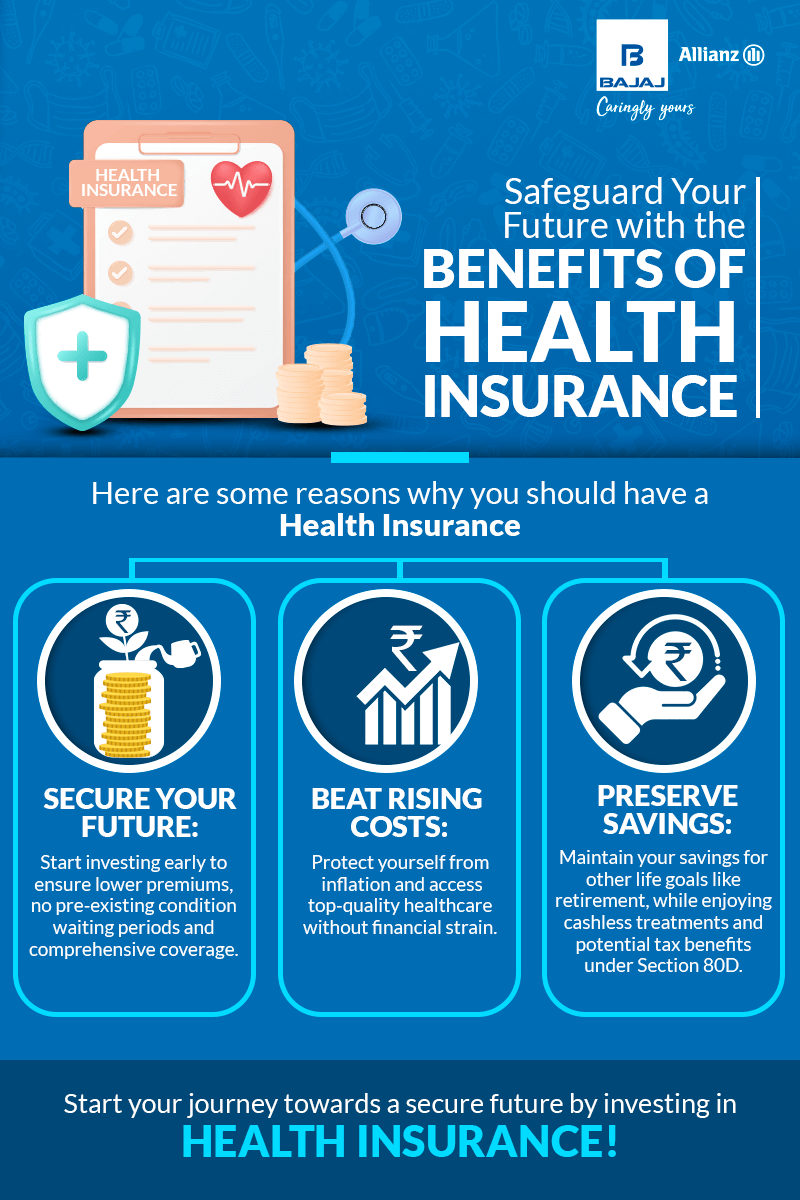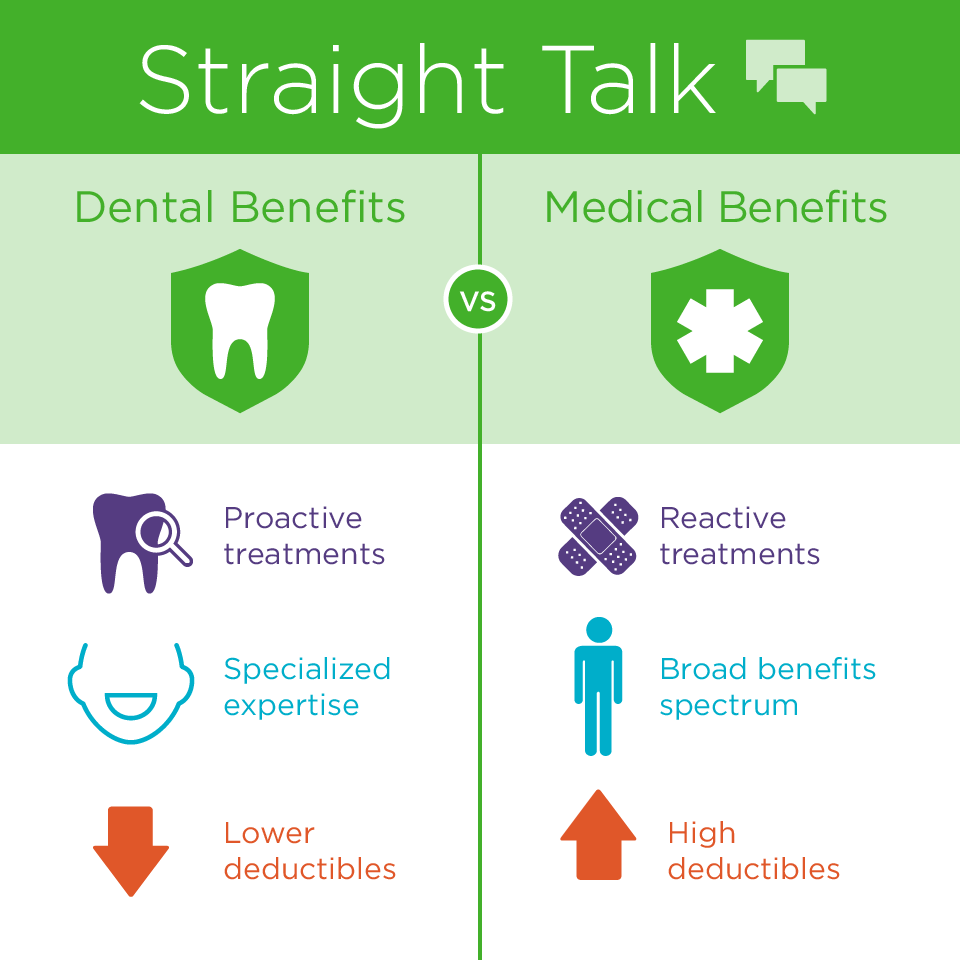Rumored Buzz on Medicare Advantage Agent
Rumored Buzz on Medicare Advantage Agent
Blog Article
How Medicare Advantage Agent can Save You Time, Stress, and Money.
Table of ContentsTop Guidelines Of Medicare Advantage AgentHow Medicare Advantage Agent can Save You Time, Stress, and Money.Medicare Advantage Agent Things To Know Before You Get This

complies with from confusing the reasonably young age profile of the uninsured with the better wellness, on average, of more youthful persons. This covers the link in between health status and health and wellness insurance. For those without accessibility to work environment health insurance, poor health is a prospective barrier to acquiring nongroup protection due to the fact that such insurance coverage may be highly valued, exclude preexisting conditions, or be just not available. The variety of uninsured Americans is not specifically big and has actually not altered recently. 7 out of 10 participants in a nationally depictive study thought that less Americans lacked health insurance policy than really do(Fronstin, 1998). Approximately fifty percent(47 percent )believed that the variety of people without health and wellness insurance policy lowered or stayed constant over the latter half of the last years(Blendon et al., 1999). This drop of practically 2 million in the number of individuals 'without insurance (a reduction
of about 4 percent)is absolutely a positive modification. With a softer economic climate in 2000 the latest reported gains in insurance coverage may not proceed(Fronstin, 2001 ). The decrease in the variety of uninsured will certainly not proceed if the economy remains slow and healthcare prices remain to exceed inflation. This is since the data were gathered for a period of strong economic efficiency. Of the estimated 42 million people who were uninsured, just about concerning 420,000(about 1 percent)were under 65 years old, the age at which most Americans become qualified for Medicare; 32 million were adults between ages 18 and 65, around 19 percent of all grownups in this age group; and 10 million were children under 18 years of age, concerning 13.9 percent of all youngsters (Mills, 2000). These quotes of the variety of persons without insurance are generated from the annual March Supplement to the Present Populace Study (CPS), performed by the Census Bureau. Unless otherwise noted, nationwide quotes of people without health and wellness insurance and percentages of the populace with different kinds of coverage are based on the CPS, the most widely utilized resource of price quotes of insurance protection and uninsurance prices. These surveys and the estimates they yield are described briefly in Table B. 1 in Appendix B - Medicare Advantage Agent. These studies differ in size and sampling approaches, the concerns that are inquired about insurance
The Greatest Guide To Medicare Advantage Agent
protection, and the time period over which insurance policy coverage or uninsurance is measured(Lewis et al., 1998, Fronstin, 2000a ). Still, the CPS is especially valuable since it produces yearly estimates relatively quickly, reporting the previous year's insurance policy coverage approximates each September, and due to the fact that it is the basis for a regular set of quotes for more than 20 years, enabling analysis of patterns in protection with time.

Fascination About Medicare Advantage Agent
Over a three-year period starting early in 1993, 72 million individuals, 29 percent of the U.S. population, were without insurance coverage for at the very least one month. Within a single year(1994), 53 million individuals experienced at least a month without coverage(Bennefield, 1998a). Six out of every ten uninsured adults are themselves employed. Working does boost the likelihood that one and one's family participants will have insurance, it is not a warranty. Even members of family members with two full-time breadwinner have virtually a one-in-ten opportunity of being uninsured (9.1 percent without insurance rate)(Hoffman and Pohl, 2000 ). The connection between medical insurance and accessibility to care is well established, as documented later on in this phase. Although the partnership between medical insurance and health end results is neither straight neither simple, a comprehensive clinical and health services study literature links health and wellness insurance protection
to better access to care, far better top quality, and boosted personal and population health standing. The second record, on personal health end results for uninsured grownups, is stood for by the innermost circle of the figure, while the third report, on family health, encompasses the subjects of the 2nd record however stresses a different system of evaluation, particularly, the family. The sixth report in the series go to this site will provide details regarding methods and efforts undertaken locally, statewide, or across the country to address the absence of insurance and its negative effects. Levels of evaluation for analyzing the impacts of uninsurance. This discussion of medical insurance protection concentrates mostly on the united state populace under age 65 since basically all Americans 65 and older have Medicare or other public insurance coverage.
Additionally, it focuses especially on those with no wellness insurance for any kind of length of time. The problems faced by the underinsured are in some areas comparable to those faced by the uninsured, although they are typically much less serious. Uninsurance and underinsurance, however, involve noticeably different policy issues, and the strategies for addressing them may vary. Throughout this research study and the five reports to comply with, the main emphasis is on individuals without medical insurance and therefore no support in paying for wellness care beyond what is offered with charity and safeguard organizations. Wellness insurance is an effective factor affecting invoice of care because both patients and doctors react to the out-of-pocket price of services. Medical insurance, however, is neither required nor adequate to access to clinical services. The independent and direct result of health and wellness
insurance coverage on access accessibility health health and wellness is well established. Others will obtain the health care they require even without health insurance, by paying for it out of pocket or seeking it from companies who use care free or at highly subsidized prices. For still others, medical insurance alone does not make certain receipt of treatment as a result of various other nonfinancial barriers, such as a lack of health treatment companies in their neighborhood, limited access to transport, illiteracy, or linguistic and social differences. Official study concerning uninsured populaces in the USA dates to the late 1920s and very early 1930s when the Committee on the Expense of Healthcare generated a series of reports regarding financing doctor office gos to and hospital stays. This concern came to be significant as the varieties of medically indigent climbed up during the Great Anxiety. Empirical studies constantly sustain the link between accessibility to care and boosted wellness outcomes(Bindman et al., 1995; Starfield, 1995 ). Having a normal source of treatment can be thought about a forecaster of access, as opposed to a straight step of it, when health and wellness results are themselves made use of as accessibility indications. This expansion of the idea of gain access to measurement was made by the IOM Board on Checking Access to Personal Health And Wellness Care Solutions(Millman, 1993, p. Whether parents are insured shows up to affect whether their children obtain care along with just how much careeven if the kids themselves have coverage(Hanson, 1998). The health and wellness of moms and dads can influence their ability to care for their children and the degree of family members tension. Stressing regarding their youngsters's access to care is itself a source of tension for parents. Three phases comply with in this report. Chapter 2 supplies a summary of how employment-based wellness insurance coverage, public programs and specific insurance coverage run and communicate to offer substantial however incomplete insurance coverage of the united state populace. This consists of a testimonial of historic patterns and public laws impacting both public and private insurance policy, a conversation of the interactions among the different kinds of insurance coverage, and an exam of why individuals relocate from one program to one more or finish up

Report this page